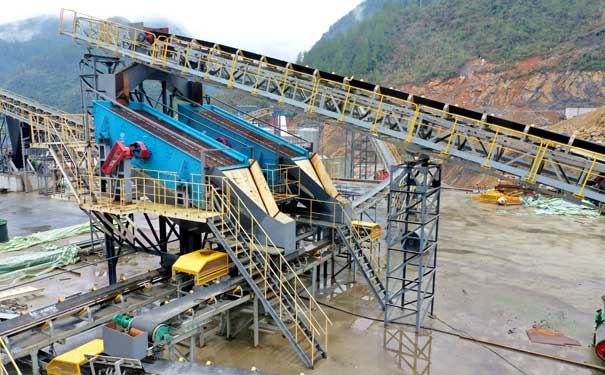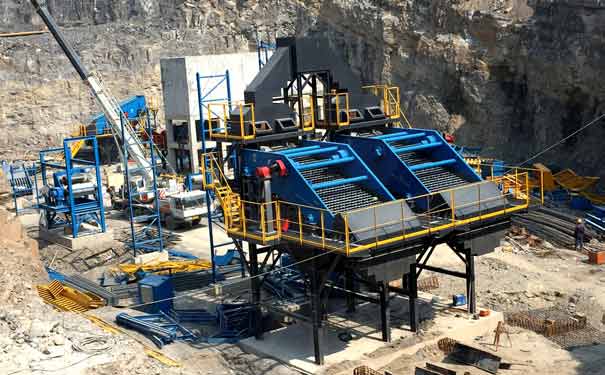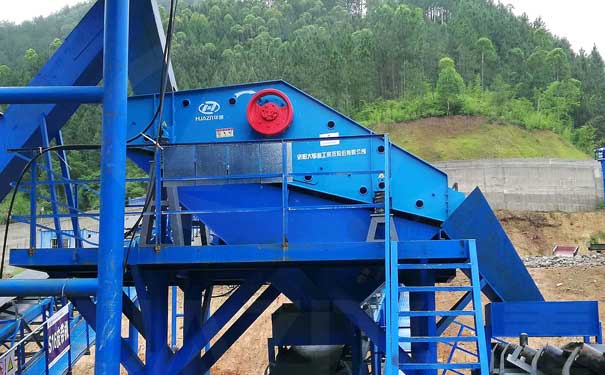The stones mined from the quarry, after the crushed stones, are mixed together with particles of various sizes. The stones need to be divided into several levels of particle size before being used. The stone is sieved and classified by sieving sieve holes, and the operation of using a sieve to classify the mixture of different particle sizes according to the particle size is called the sieving operation. According to the different roles of screening operations in crushed stone production, screening operations can have the following two types of work:
1. Auxiliary screening
This screening plays an auxiliary role in the crushing operation throughout the production. There are usually two forms: the first is the pre-screening form. Before the stone enters the crusher, the fine particles are separated, so that it does not go through this stage of crushing, but directly enters the next processing process. Doing so can not only increase the productivity of the crusher, but also reduce the phenomenon of over-smashing of the crushed stone. The second is the inspection and screening form. This form is usually set up after the crushing operation. The crushed products are screened and inspected, the qualified products are separated in time, and the unqualified products are crushed or discarded. Inspection and screening are sometimes used before coarse crushing to prevent too large stones from entering the crusher to ensure the smooth progress of crushing production.
2. Select sieving
In the production of crushed stone, this sieving is mainly used to classify the product according to the particle size. Selection screening is generally set after the crushing operation. It can also be used to remove impurities, such as desliming and dewatering of stone materials.
The order of selecting screening operations is:
(1) Screening from coarse to fine: This sorting sequence can overlap the screen surface according to the thickness, and the screen structure is compact. At the same time, the screen surface with a large screen whole size is arranged on it, which is not easy to wear. The disadvantage is that the finest particles must pass through all the sieve surfaces, which increases the chance of fine particles being mixed in coarse products.
(2) Screening from fine to coarse: This screening sequence arranges the screen surfaces side by side, which is convenient for discharging and can reduce the inclusion of fine particles. However, when this screening sequence is adopted, the mechanical structure size is larger. And because all materials pass through the fine-hole screen surface first, the crushing of the fine-hole screen surface is accelerated.
For more information, you can click: www.lydhchina.com




